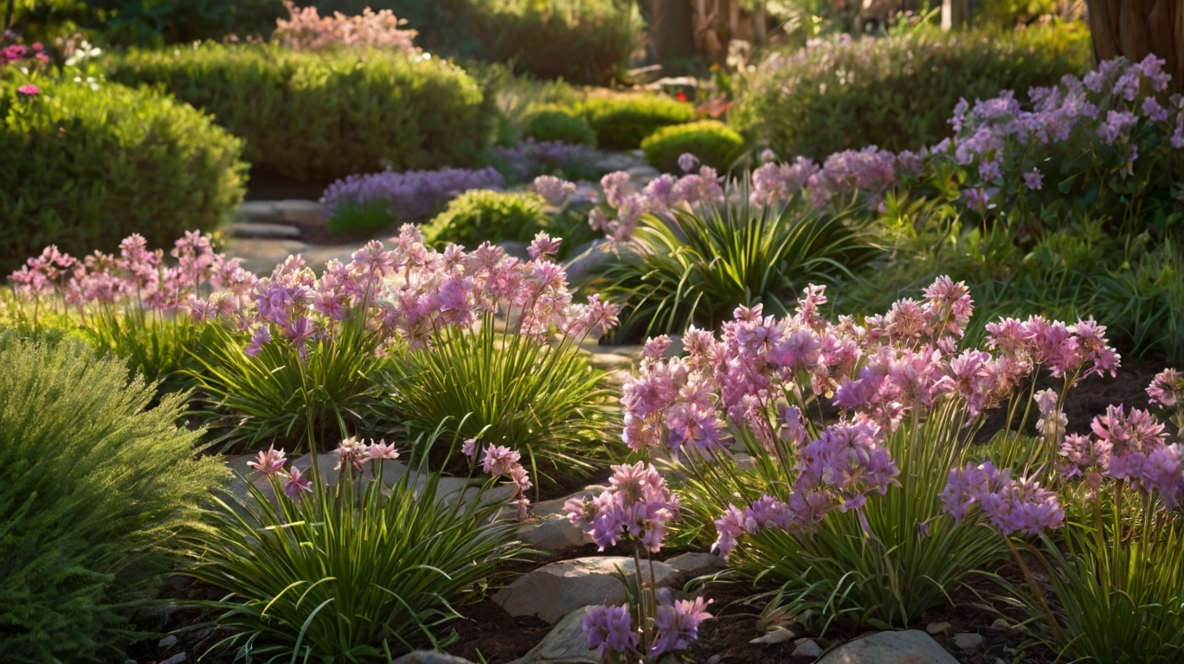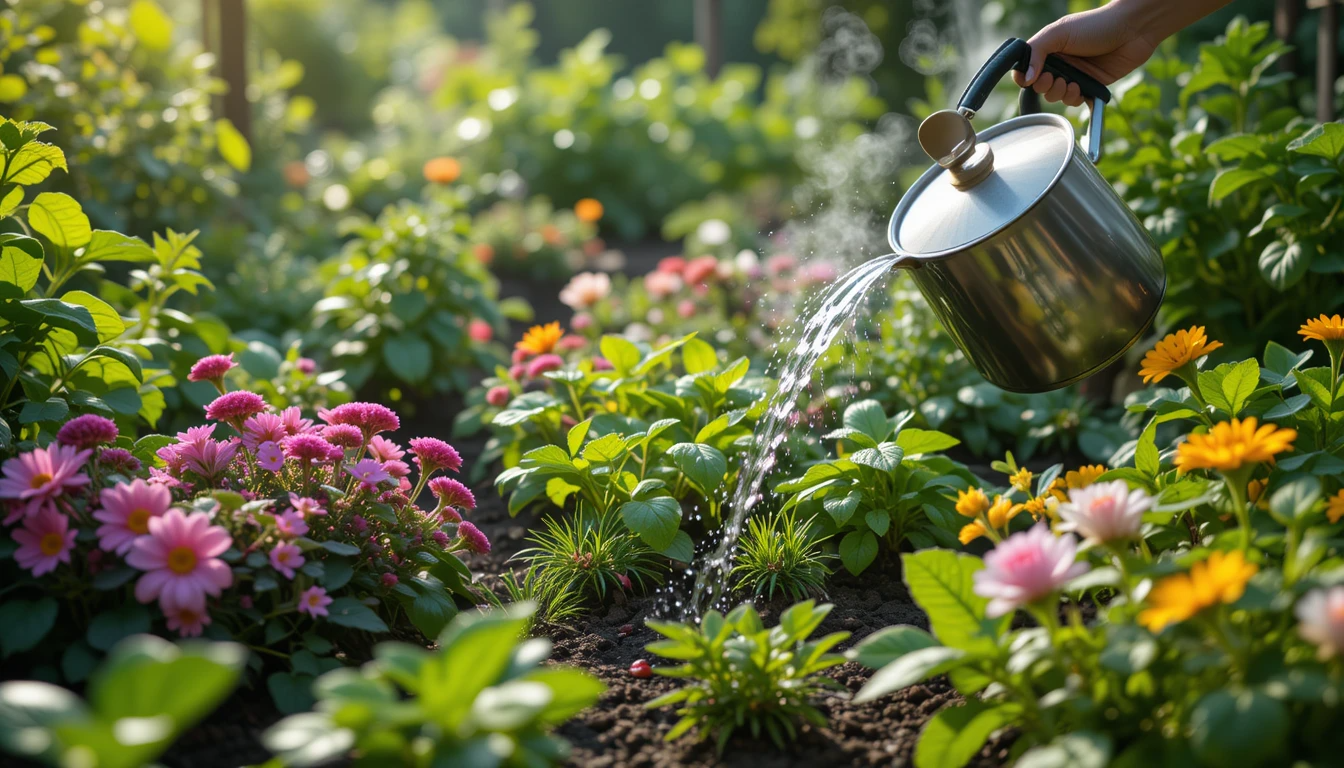As autumn paints your garden with the hues of orange gerbera and scarlet flame creeping phlox, the sight of wilting plants can tug at your heart. Leaving dead stems and leaves might seem easier, but pulling them out can save your garden from future woes, ensuring robust growth next season. This guide, inspired by expert advice, explores why and how to remove dead plants, weaving in keywords like sting ray plant and roses in the shade to keep your garden as vibrant as flowers by a pond.
Why Pull Dead Plants?
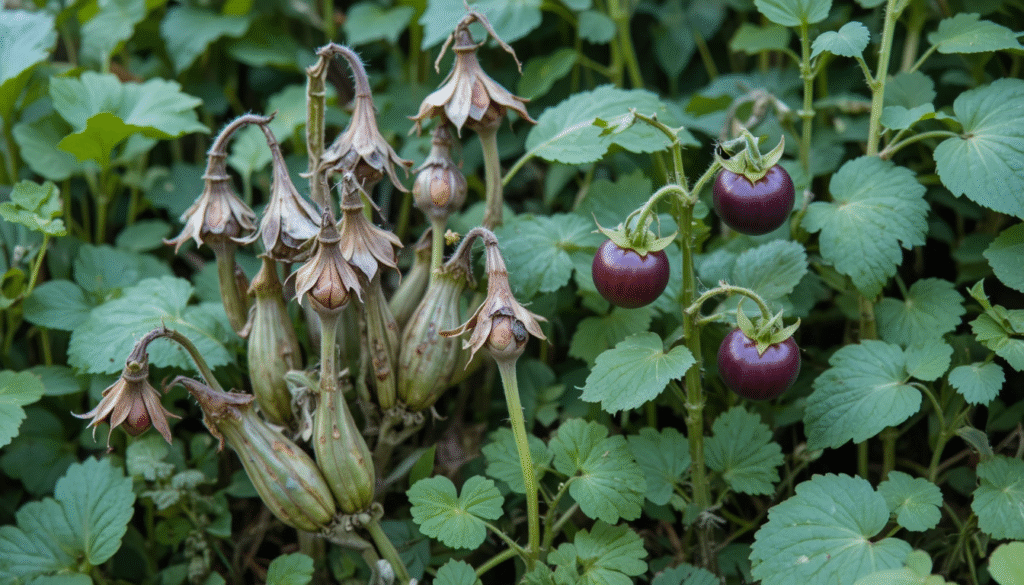
Dead plants, much like invasive weeds with white flowers or grass fungus, can harbor pests and diseases, threatening next season’s cherokee purple tomato growing or lima bean seedlings. Leaving them risks spreading issues, like sugar mites on euphorbia and cactus or spider mites on cannabis plants. Removing them ensures a clean slate for the spring. While a layer of fallen Autumn leaves can stay to protect roots and pollinators, stems and foliage from diseased coreopsis nana or orange kalanchoe should always go.
How to Remove Dead Plants
Clearing dead plants requires care, similar to the proper care of bridal veil plant or pleomele care.
- Easy Pulls: If stems pull away easily from the soil, remove them without hesitation.
- Tougher Stems & Pruning: For tougher stems, research the plant’s specific needs. Some plants, like roses in the shade, bloom on old wood and shouldn’t be cut back late, while others, like part sun flowering plants such as lobellia, can be trimmed to a few inches above the soil.
- Use Clean Tools: Always use clean pruners to avoid spreading disease from plant to plant.
Proper Disposal of Dead Plants
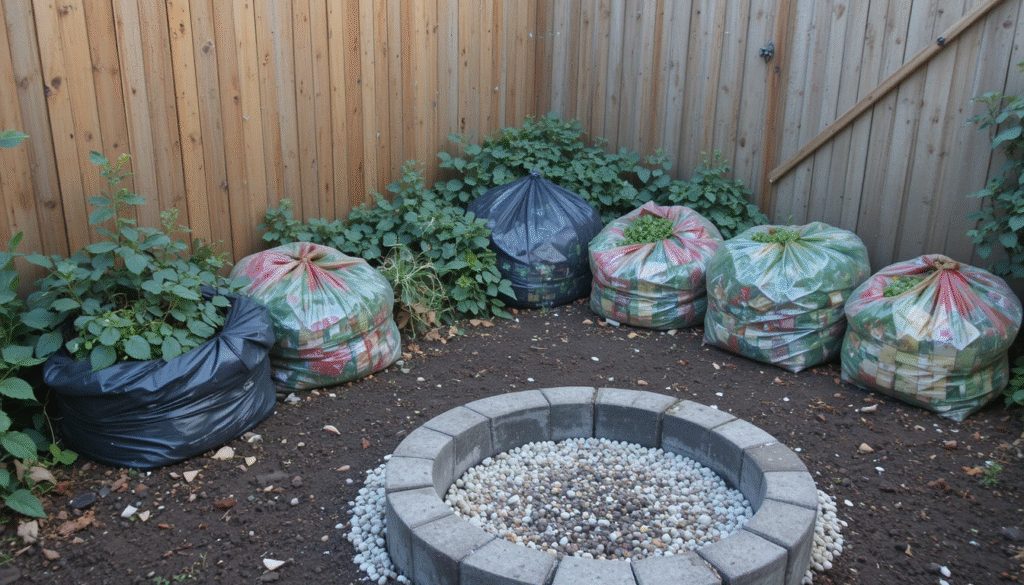
Composting healthy plant debris adds valuable nutrients, but diseased material is risky.1 Pests and pathogens can survive in standard home compost piles. Instead:
- Bag and Trash: Place diseased san marzano tomato seedlings or catalpa seedling material in sealed bags for regular trash pickup.
- Burn Safely: In areas where permissible, burn debris in a safe enclosure like a pea gravel for fire pit, following all fire safety rules. Never burn plants like poison ivy that can cause severe lung irritation.2
Other Garden Cleanup Tasks
Beyond dead plants, tackle these tasks to boost your garden’s health and prepare the space:
- Damaged Stems: Prune torn branches neatly to prevent further damage or breaks during winter storms.
- Weeds: Pull sign culprits like invasive weeds with white flowers before they can go to seed, significantly easing your spring chores.3
- Overripe Fruit: Clear windfalls and decaying fruit from the ground to deter pests, like wasps or citronella flies.4
- Clutter: Remove netting, twine, or stakes. Disinfect any reusable items to prevent disease transmission next season.
Fresh Ideas for a Vibrant Garden
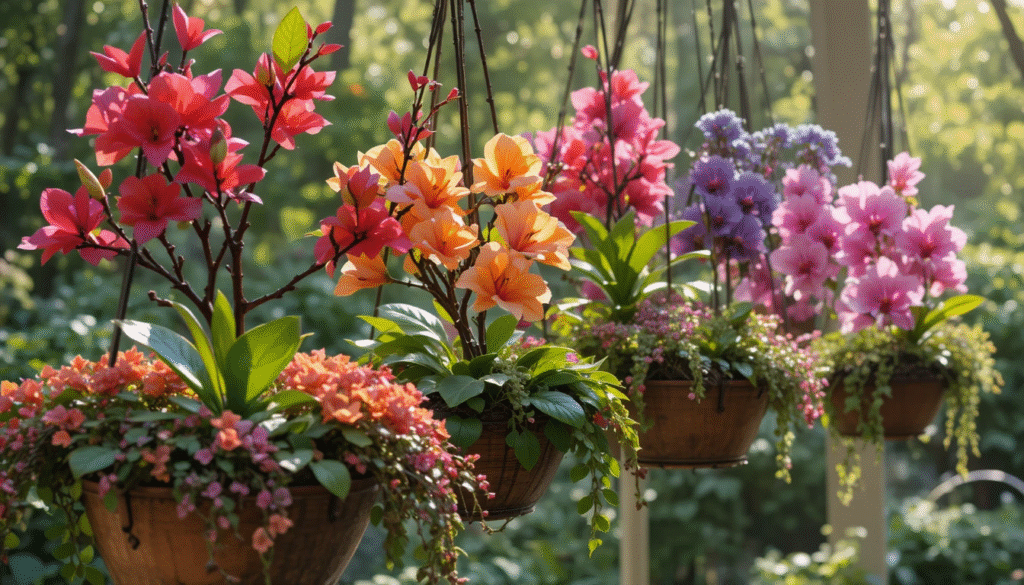
As you clear, envision next season’s beauty with part sun perennial plants like cornus baileyi red twig dogwood or orange king bougainvillea. Plant shade loving hanging baskets with hanging orchid cactus or blue eyed grass seedlings for charm. Protect against pests with natural repellents, and maintain soil health by planting winter rye grass for a lush spring.
Conclusion
Pulling dead plants is a vital labor of love that protects your garden’s future, ensuring cherokee purple tomato growing or foxtail lily bulbs thrive, free from pests. Pair your cleanup with the rich textures of a purple tropical plant or regal red Japanese painted fern for a vibrant yard. Your garden will bloom anew, a sanctuary as serene as flowers by a pond.


